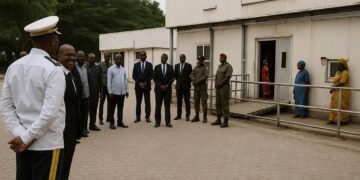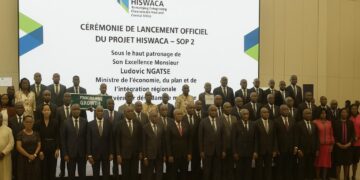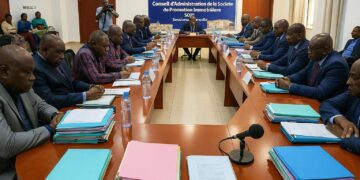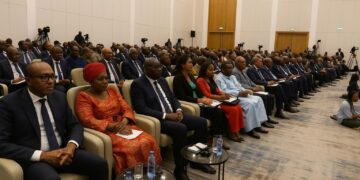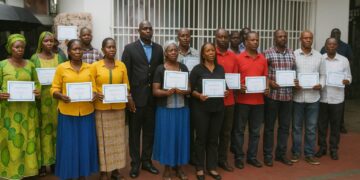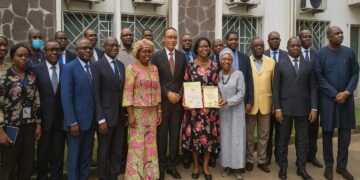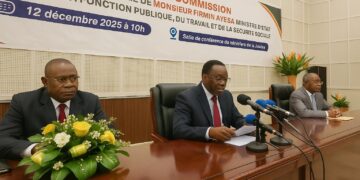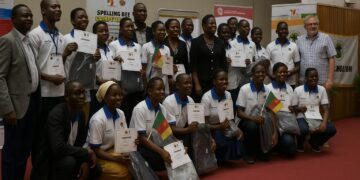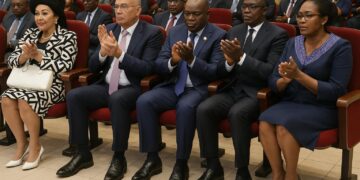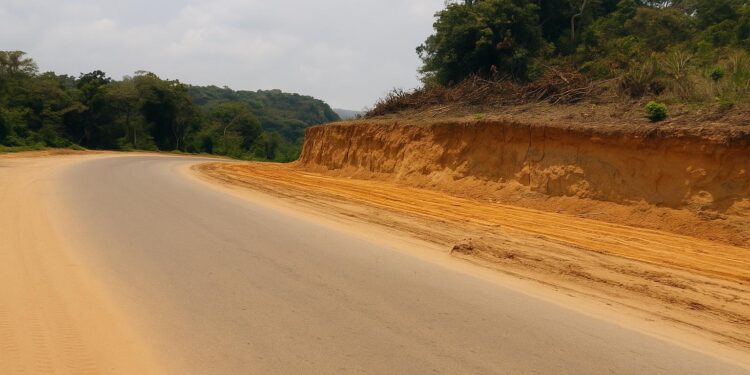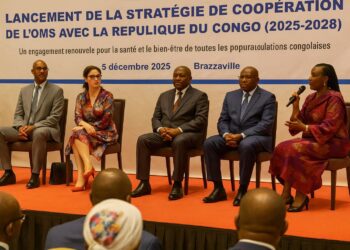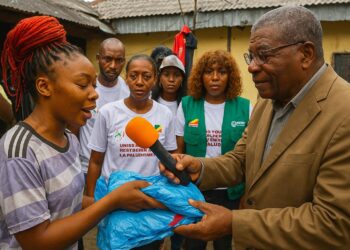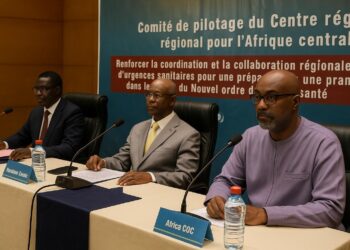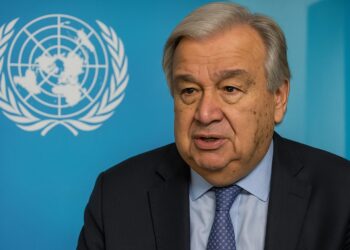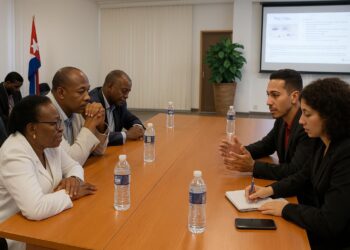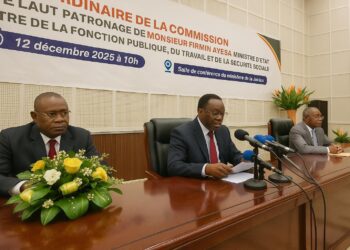RN2: critical link between Brazzaville and the North
For carriers, traders and families moving between Brazzaville and the northern departments, the National Road 2 is more than asphalt; it is a 388-kilometre lifeline that threads forests, farms and border posts toward Cameroon and the Central African Republic.
Since mid-2022, the Ministry of Public Works has steered a phased rehabilitation programme covering pothole patching, resurfacing and realignment, co-financed by the state budget and a 60 million-euro African Development Bank line of credit endorsed in July 2021 (AfDB press release).
Contractors Sinohydro and Société Congolaise des Routes ont been mobilised along ten priority sections, but the project’s symbolic heart lies at kilometre 57: the sharp, fog-prone Mbamba bend that truckers have long dubbed “the needle’s eye”.
Engineering focus on the notorious Mbamba bend
Geotechnical surveys ordered last November revealed a 12-percent gradient coupled with a three-metre carriageway pinch at the bend, a combination that generated an average of six serious accidents per month between 2018 and 2021, according to police statistics.
The redesign widens the curve to 7,2 metres, installs deep drainage and carves a 250-metre-long left-bank retaining wall anchored by micro-piles, an approach already tested on the Loufoulakari bridge access in 2020 (Ministry bulletin).
Engineers expect the realignment to cut descent time by half and, crucially, allow simultaneous two-way traffic so that timber trucks no longer have to wait for buses to climb before tackling the slope, reducing carbon-heavy idling.
Financing model and contractor commitments
Funding details remain under close watch from investors, especially after the sovereign tapped the regional bond market for 110 billion CFA francs in March 2023, earmarking a quarter of the proceeds for national road maintenance (Bourse de Brazzaville data).
Officials signal that additional tolling could provide long-term upkeep. RN1 between Brazzaville and Pointe-Noire hosts six plazas that collect around 12 billion CFA francs annually; RN2 currently has only two, at Ignié and Ngo, generating under 3 billion.
The Public–Private Partnership Unit says it is studying a variable-rate model pegged to axle loads and distance, aligned with Central African Economic and Monetary Community guidelines issued in 2022 to harmonise user-pay principles across regional corridors.
Sinohydro’s contract, worth 38 million euro, follows a design-build-maintain template. The company will keep responsibility for pavements and safety furniture for five years after handover, giving lenders clearer performance metrics and freeing the Roads Fund to focus on feeder tracks.
Logistic and economic pay-offs
Logistics operators see immediate upsides. Fruit exporters from Plateaux estimate a 90-minute reduction per trip once Mbamba reopens, preserving shelf life and lowering diesel costs that today represent roughly 35 percent of delivered-at-border prices.
Forest concessions likewise expect smoother downstream flows to the Port of Brazzaville, allowing barges to synchronise with the rail ferry to Pointe-Noire and reducing demurrage penalties, according to the Union des Professionnels du Bois.
Cross-border hauliers that serve Bangui anticipate diverting part of their fleet from the longer RN1-RN3-RN6 loop, shaving 120 kilometres and bypassing three weighbridges. That shortcut could accelerate humanitarian cargo staged by UN agencies on the Oubangui River.
Tourism stakeholders also pin hopes on a safer RN2. Odzala-Kokoua National Park, known for lowland gorillas, receives fewer than 5 000 visitors a year, partly because self-drive access involves negotiating Mbamba after dusk. Upgrades could unlock concession extensions under review.
Toward sustainable management and wider impact
Beyond bricks and bitumen, authorities underscore the need for disciplined axle-load enforcement to prolong the investment. Weighing infrastructure supplied by the Japan International Cooperation Agency will be installed at Ngo and Gamboma before the end of 2024, officials confirm.
The Transport Observatory, a public-private body, will publish quarterly dashboards on accident frequency, pavement condition and toll revenue. Data transparency is designed to reassure bondholders and to feed into the World Bank’s forthcoming Logistics Performance Index update.
Environmental safeguards accompany the civil works. The Forestry Administration requires contractors to fell only diseased saplings at Mbamba and to finance a two-hectare replanting site near Ongogni, echoing commitments under Congo’s $90 million CAFI-Norway agreement.
Once the ribbon is cut, planners plan a road-side service area equipped with solar lighting, fuel pumps and cold-chain lockers. French operator TotalEnergies is reportedly in talks for the concession, leveraging its experience on Cameroon’s Kribi-Douala corridor (industry sources).
For now, traffic continues to alternate through a monitored bypass. By early 2025, if milestones hold, Mbamba could shift from being a cautionary tale to a case study in how targeted upgrades and disciplined financing reinforce Congo’s wider diversification agenda.
Economists at the University of Marien Ngouabi calculate that every percentage point cut in land freight costs could lift northern cassava and cocoa farm-gate prices by 1,8 percent, translating into an annual income gain of around 2,3 billion CFA francs for smallholders.
Such distributive effects align with the government’s 2022–2026 National Development Plan, which places logistical corridors among the top five levers for inclusive growth and private-sector job creation.





